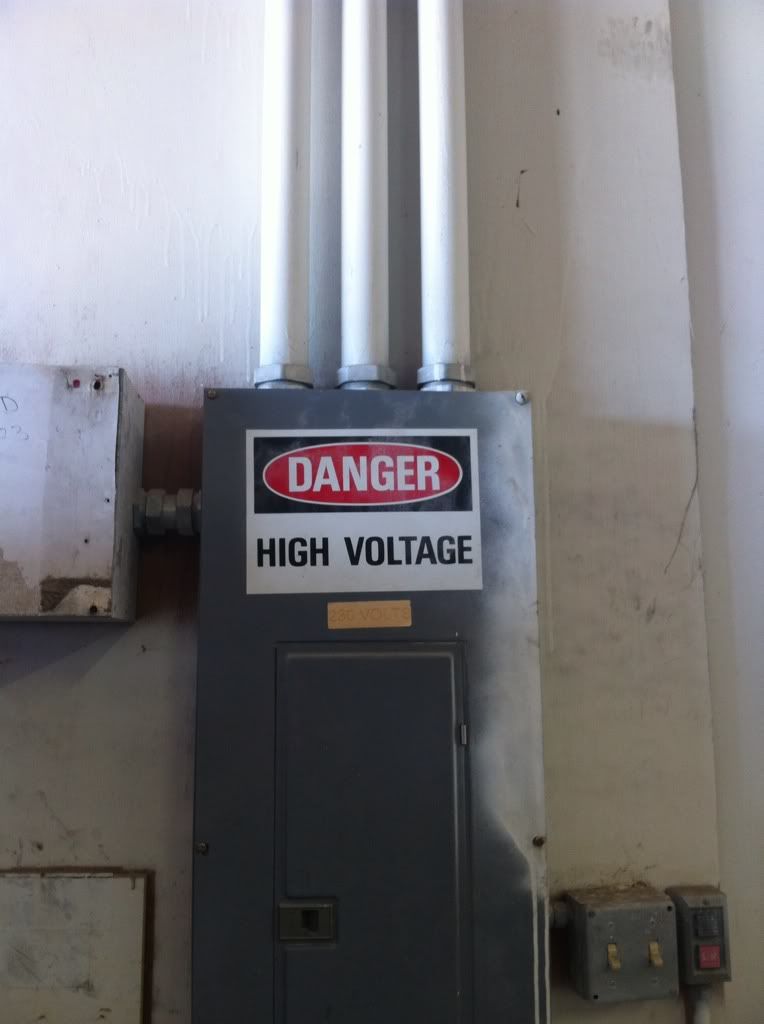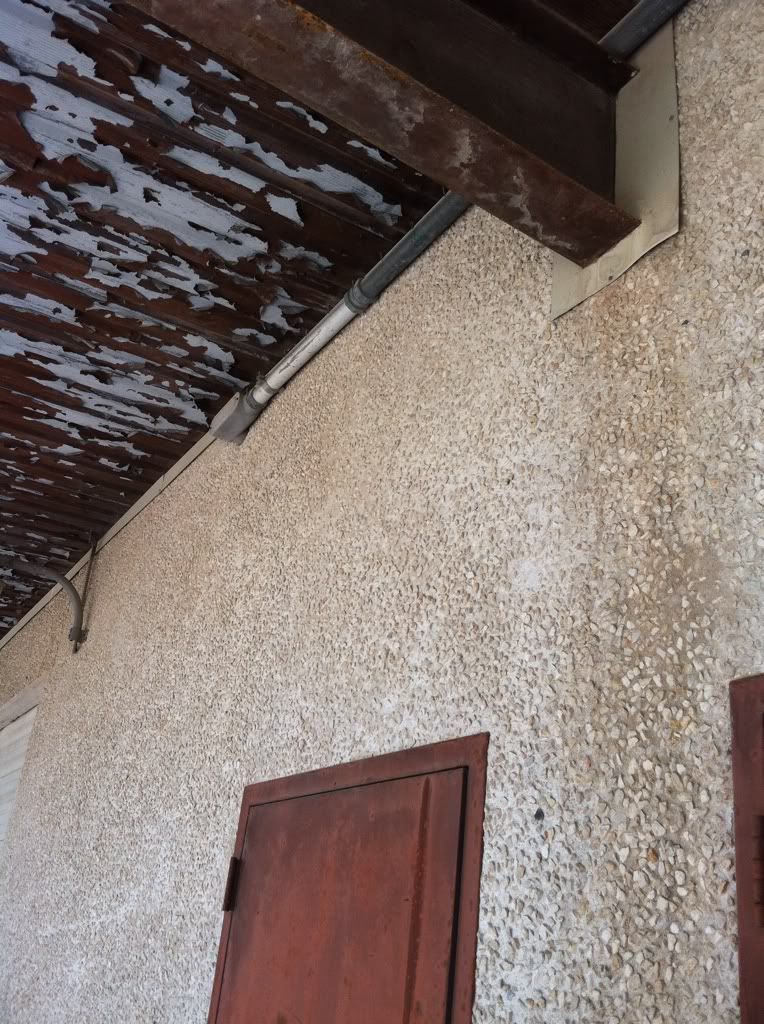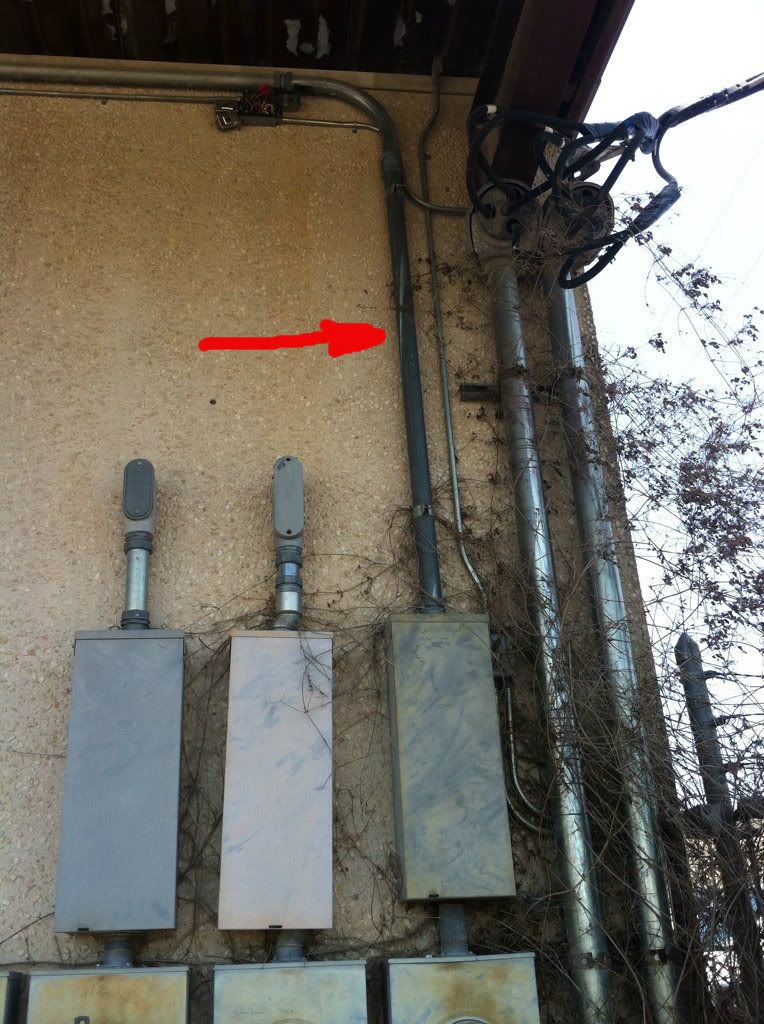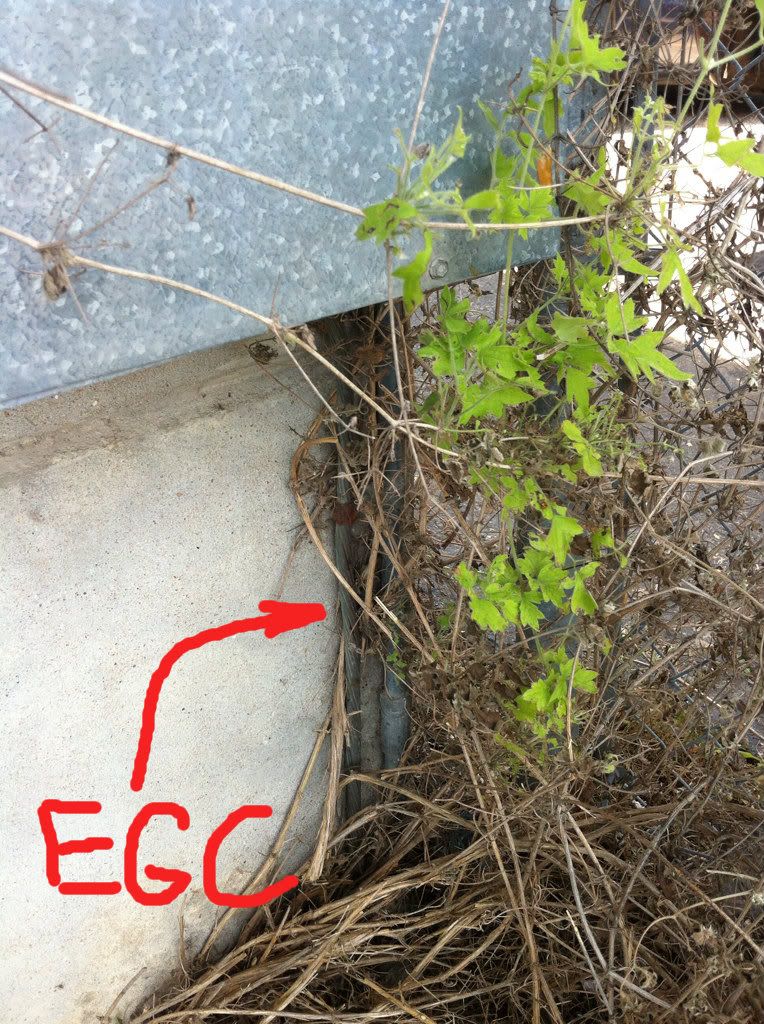Hi everyone,
I hope I'm not thread jacking but this seemed the closest thread to my question and I do not see any activity since February. Pardon me if I should have started a new topic.
Here is the scenario: I have an all metal warehouse with large 14'inch I-beams for structural support all connected together via metal supports along the roof line. The building earth ground connects this structure to the grounding grid which is buried under the parking lot. I'm assuming that it is sufficient however if need be I can do the IEEE Fall of potential method to evaluate it further. It has come to my attention that a sub-panel is not grounded.
My question is if the NEC allows for grounding the sub-panel to the structural steel it is mounted on via a sufficiently current capable conductor.
I have a quote from a licensed electrician for two scenarios:
A. install a correctly sized ground conductor from the sub-panel to the earth ground located by the service entrance.
OR...
B. create a new earth ground near the sub-panel. Apparently this is less costly than option A.
Forgive me for maybe asking perhaps an obvious question but I'm not an electrician. I don't have knowledge of NEC.
My first question: it appears to me that without bonding the proposed option "B: new earth ground" to the existing earth ground we can have serious safety implications regarding ground loops since the two different earth grounds see a different impedence (resistance).
My second question: Can the building structure since it is bonded to the earth ground be used as the bonding conductor between the sub panel and the existing earth ground?
Any advice is greatly appreciated.
thx,
Markus
I hope I'm not thread jacking but this seemed the closest thread to my question and I do not see any activity since February. Pardon me if I should have started a new topic.
Here is the scenario: I have an all metal warehouse with large 14'inch I-beams for structural support all connected together via metal supports along the roof line. The building earth ground connects this structure to the grounding grid which is buried under the parking lot. I'm assuming that it is sufficient however if need be I can do the IEEE Fall of potential method to evaluate it further. It has come to my attention that a sub-panel is not grounded.
My question is if the NEC allows for grounding the sub-panel to the structural steel it is mounted on via a sufficiently current capable conductor.
I have a quote from a licensed electrician for two scenarios:
A. install a correctly sized ground conductor from the sub-panel to the earth ground located by the service entrance.
OR...
B. create a new earth ground near the sub-panel. Apparently this is less costly than option A.
Forgive me for maybe asking perhaps an obvious question but I'm not an electrician. I don't have knowledge of NEC.
My first question: it appears to me that without bonding the proposed option "B: new earth ground" to the existing earth ground we can have serious safety implications regarding ground loops since the two different earth grounds see a different impedence (resistance).
My second question: Can the building structure since it is bonded to the earth ground be used as the bonding conductor between the sub panel and the existing earth ground?
Any advice is greatly appreciated.
thx,
Markus





